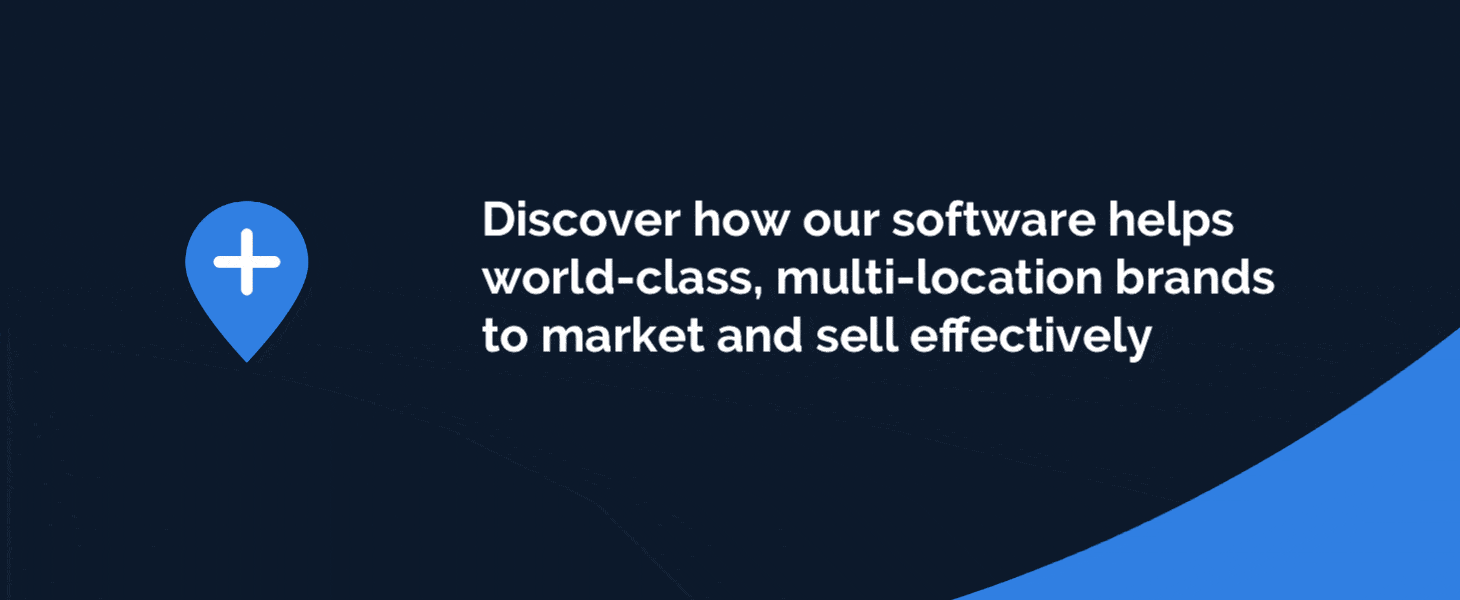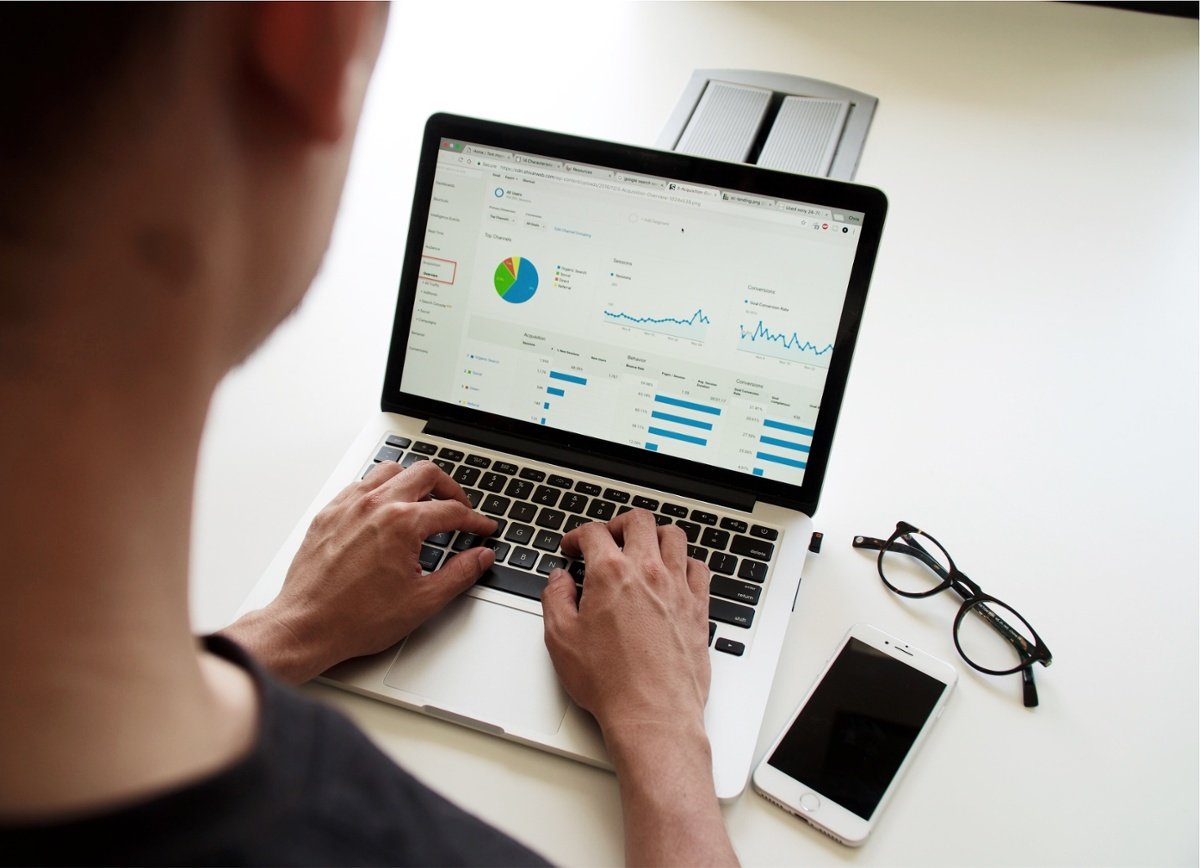Today, Digital Asset or Brand-Asset Management systems come in all shapes and sizes—from free file-sharing tools to multi-million dollar software suites.
In fact, a recent review of the DAM category revealed more than 80 different vendors, each with dozens or even hundreds of options to choose from in terms of feature sets and configurations.
So, how are you supposed to choose a DAM that fits your needs nicely—without cramping your brand’s style down the road? In a recent episode of "The Creative Operations Podcast", we’ll suggest three key issues to consider.
Question #1: How Big Is My Library?
The first thing to get clarity on is the current size of your asset library and how big it may grow in the next 3-5 years.
The size of your asset library is important not just to estimate storage costs—these have been falling dramatically for years—but because it’s a key factor in deciding the feature set you DAM will need. It will also help you estimate how much time and effort you’ll need to expend in duplicating, organizing, tagging, and maintaining those assets over time.
Small
For example, let’s say you have a small asset library— say, between 500 and 5,000 assets. You may well find that you can enable efficient use of your assets with a lightweight file storage and file sharing system—with little to no keyword search capability. That’s why so many companies find themselves consolidating various consumer accounts and collections into a single library on the same tool.
This can be a great fix—for the time being. But if your library starts to move toward the middle of that 500 to 5k size range, you’re probably going to start hearing some complaints from folks about finding this or that image – not because it isn’t in the library but because it’s in a place they hadn’t thought to look.
As you first start building your library, you may find that your filenames look Greek to non-marketing users. Which means that they may fly right past the file they’re looking for—unless of course they know how to speak “designer-ese.”
You might determine that your team’s biggest problem is delivering assets in the right file format and resolution for the individual user’s needs. In that case, you’ll want lots of flexibility when it comes to asset transformations—and a very quick and easy way to create browsable folders and publicly accessible collections of assets.
Medium
Now, let’s take a few minutes to consider a brand that has a mid-size library—between 10,000 and 100,000 assets.
At this level, nests of folders within folders within folders is going to get laborious for your users. And there’s an interesting point about that. The more you try to use folders to organize your assets, the more clicks your users will have to make to get to the specific asset they need. Oh, they’ll find it alright—but they’ll be more than a little exhausted when they get there.
At this point, you really are in the market for a true DAM. You want your assets to be associated with text descriptions. You want users to be able to sort and filter by asset type, or perhaps by creation date, or any number of other factors.
So, you’ll need to find a DAM with rich tagging and search tools. And, you should probably plan on building a vocabulary of terms that you can share with users so that they search using the “language” of your brand. Library science experts call this a controlled vocabulary, or sometimes a taxonomy.
The mid-size DAM customer is kind of in a tough spot. You probably have enough assets and enough users to really require a rich feature set. But you may not have yet had the chance to build up a business case to justify the investment—in dollars, sure, but even more in yours and your team’s time—to deploy and maintain an enterprise DAM. Instead, you may need to think about a platform that combines both the core features of a DAM along with brand-activation and workflow tools that help people to put your assets to use.
Large
Finally, suppose you’ve got a very large library — upwards of a quarter million or half-million assets. On top of the rich search and tagging tools, you’ll probably also need a way to segment your user community, so the DAM shows each user only those assets they are permitted to use.
And so you're gonna need a lot of flexibility, not just in user management, but in the asset metadata management. So you're really looking for a dam that gives you that flexibility over your data points. When you get into that and start creating unique metadata libraries for each kind of category of assets that you're trying to manage, it can get very complex very quickly. So for you folks who are looking to support larger libraries, you're looking for the capability and the software, for sure, but you also want to make sure that the team supporting you on the vendor side knows enough about your challenges that they can help you create an information architecture in your DAM.
A large dam will likely be a system of record. It will be the single source of truth for your brand assets. And so what that means when you're evaluating and looking for the right vendor, think about all the different ways those assets from that single source of truth are going to be transported and then ultimately used.
Question #2: What Jobs Do My Users Need To Get Done?
It’s one thing to find an image in a DAM and download it to your desktop. It’s quite another to actually put that image to work in the real world—maybe in a brochure that you’re building or a landing page that you’re creating, or an advertising campaign that you’re running with a media partner.
Whether you’re connecting to a templating system, a print-ordering tool, or a media buying service, here are a few things to keep in mind.
- DAM APIs have to deliver data—a lot of data. This can affect the perceived performance of any system receiving the file. So you want to make sure that your DAM can deliver the very largest files you are planning on hosting with relative ease.
- Different systems may need a different format than the one you have in your DAM—and they’ll expect the DAM to do the conversion work. This doesn’t just mean turning a JPG into a PNG. It can also mean changing colorspace from CMYK to RGB, or vice versa, and down-resing the image to the correct pixel dimensions.
- DAMs should deliver three different views of an image: a thumbnail, useful for viewing in a grid of search results; a “popup” that’s good for getting a closer look at the image to make sure it’s right; and the final file. You’ll want to make sure your DAM delivers all of these things quickly and efficiently whenever a connecting system asks for it. Vendors will be glib when asked if their DAMs can do this. Make sure to see it in action.
Question #3: Sharing Options
By their definition, DAMs are meant to be secure and private repositories of brand assets. But your users will often need to send assets off “into the wild” for use by media partners, or consumers, without requiring those recipients to have an account on the DAM.
Sometimes, these sharing environments are called “lightboxes”, or “shared folders,” or collections. But whatever the term may be, you want to make sure that your DAM at a minimum, does three basic jobs.
- Allows a user to set up a group of images for sharing and then to provide that image group to people outside the DAM quickly and easily.
- Communicate about the contents of the collection or board, and update recipients, whenever needed.
- Take the board down so that it’s no longer available, either manually or automatically.
You’ll want your sharing function to work as well within the DAM as it does with external users, so that people can build their collections of assets most relevant to their needs.
And finally, you may want your DAM to generate publicly accessible urls for individual assets. This makes the asset available for embedding in websites, social media, etc.
Beginning Your DAM Journey
The best way to get started is to run a small experiment. We recommend trying BrandLab, our free trial of CampaignDrive, to help you learn more about what kind of digital asset management solution is best suited for your needs. Click here to schedule a complimentary strategy session with one of our local marketing experts.





